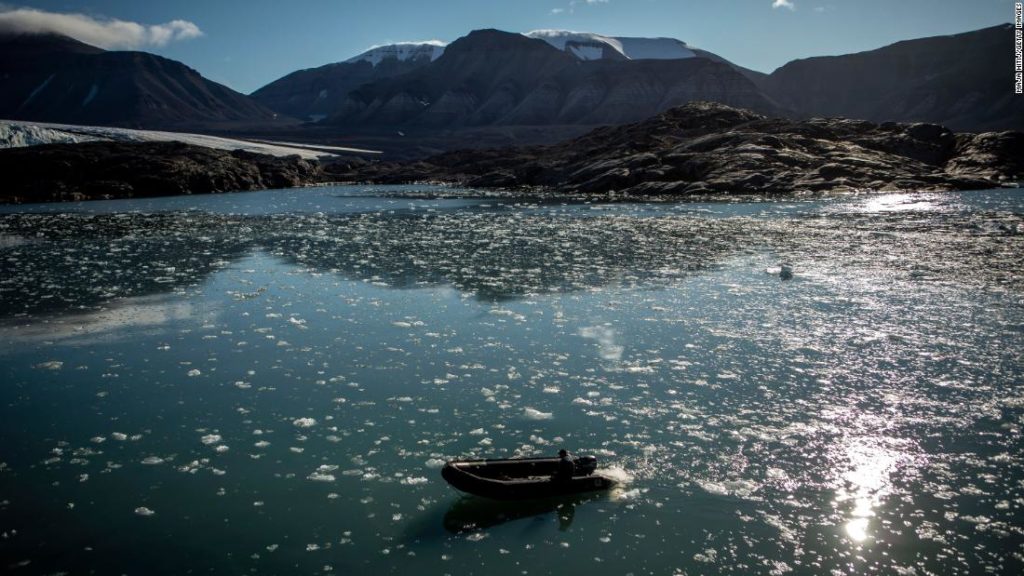The United States, South America, southern Africa, the Tibetan Plateau, eastern Antarctica and most of Australia also saw temperatures well above average.
“These records are consistent with the long-term warming trend of the global climate,” said Carlo Buontempo, director of the Copernicus Climate Change Service at ECMWF.
He said November was “an exceptionally warm month” globally and temperatures in the Arctic and northern Siberia remained consistently high while sea ice was near its lowest extent.
“This trend is concerning and highlights the importance of comprehensive monitoring of the Arctic, as it is warming faster than the rest of the world,” he added.
Buontempo said policymakers who prioritize mitigating climate risks “should see these records as alarm bells” and think more seriously than ever how to best comply with the 2015 Paris Agreement.
Disturbing climate trends
Copernicus data shows that 2020 could be the hottest year on record. It is on a par with 2016, the warmest year ever, and is likely to equal the record or marginally exceed it unless the mercury drops this month.
The World Meteorological Organization’s (WMO) annual climate report last week said 2020 was on course to be one of the three warmest years on record, just after 2016 and 2019.
While December’s data will be decisive, it is almost certain that 2020 will be the warmest calendar year for Europe, Copernicus reports. The January-November period was 0.5 degrees Celsius warmer than that period in 2019 — the warmest year on record — and at least 0.4 degrees warmer than the same period in any other year.
In September, October and November, average European temperatures were 1.9 degrees Celsius above 1981-2010 and 0.4 degrees higher than 2006, the previous warmest fall. Most of Europe saw above average heat, with temperatures soaring the most in the northern and eastern regions.
You may also like
-
UK coronavirus variant has been reported in 86 countries, WHO says
-
NASA technology can help save whale sharks says Australian marine biologist and ECOCEAN founder, Brad Norman
-
California Twentynine Palms: Explosives are missing from the nation’s largest Marine Corps base and an investigation is underway
-
Trump unhappy with his impeachment attorney’s performance, sources say
-
Lunar New Year 2021: Ushering in the Year of the Ox

